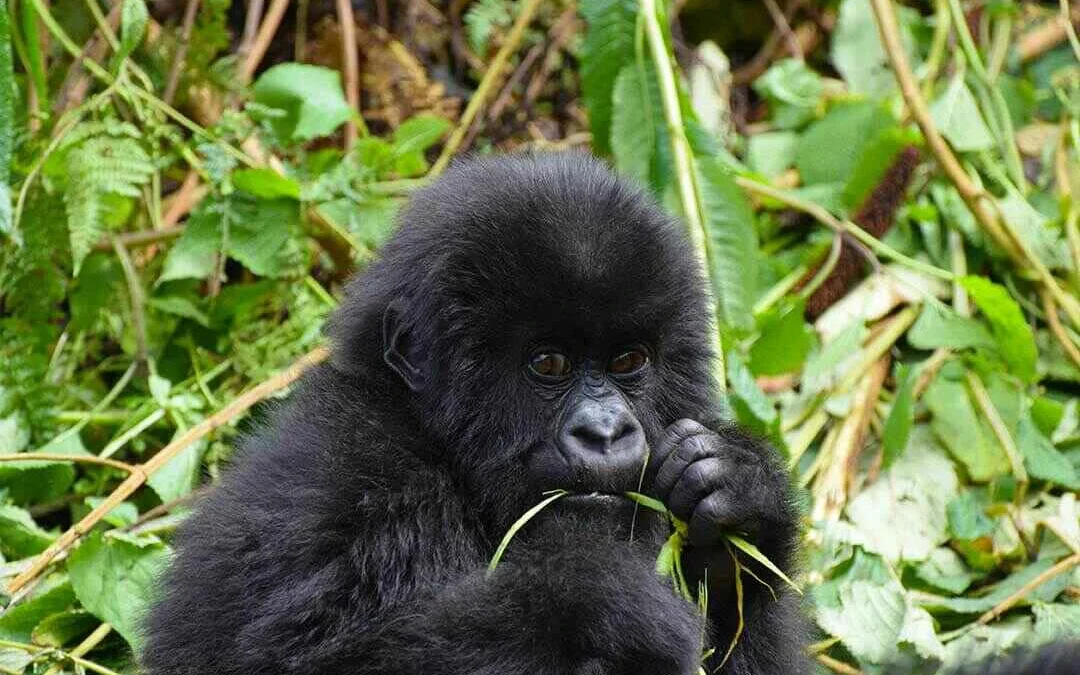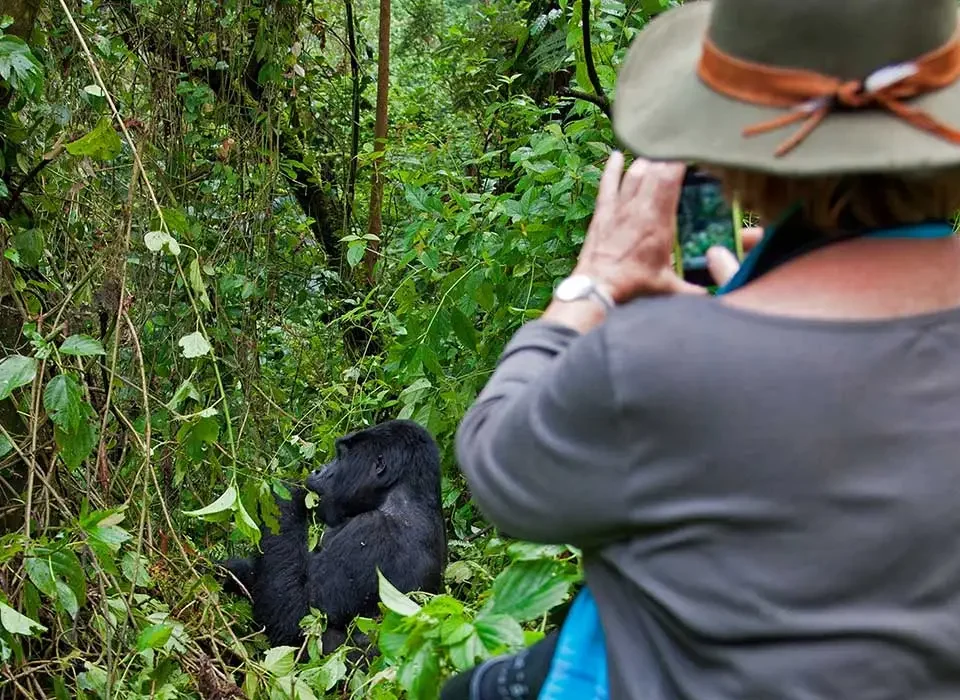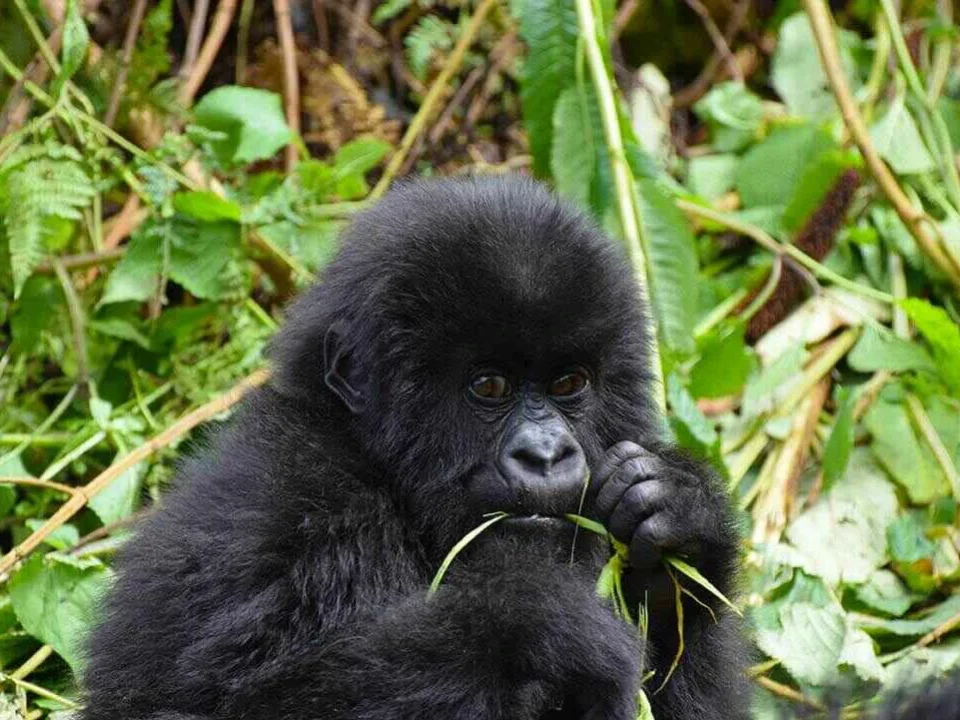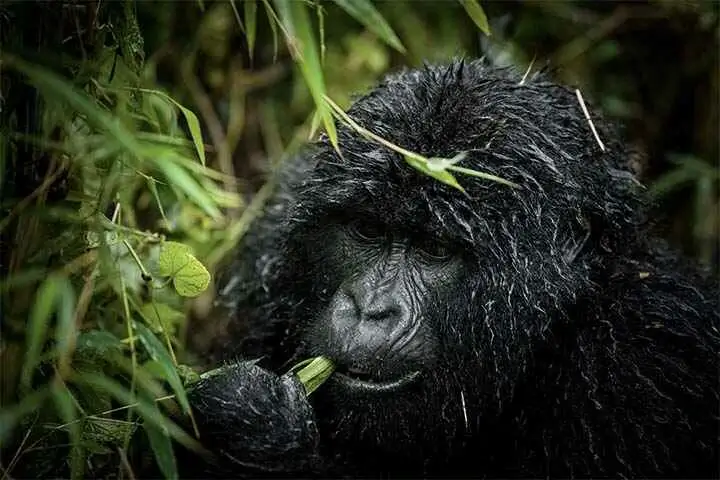
How Gorilla Trekking Works, A Step-by-Step Journey
July 22, 2025
Why Gorilla Trekking is Worth Every Dollar
July 22, 2025One of the first questions travelers ask when planning a gorilla trekking safari is: “How much does it cost?” Gorilla trekking is undeniably one of the most exclusive and unforgettable wildlife experiences in the world. But it also comes with a price tag that varies depending on your destination, travel style, and inclusions. In this comprehensive cost breakdown, we examine the factors that influence gorilla trekking expenses in Uganda, Rwanda, and Democratic Republic of Congo (DRC)—the only three countries where you can encounter mountain gorillas in their natural habitat.
Permit Costs: The Core of Your Trekking Budget
The gorilla trekking permit is the largest fixed cost and the only way to legally access a habituated gorilla group.
- Uganda: $800 USD per person (Bwindi Impenetrable Forest & Mgahinga Gorilla National Park)
- Rwanda: $1,500 USD per person (Volcanoes National Park)
- Congo: $400 USD per person (Virunga National Park)
These permits allow one trek and one hour with a gorilla family. Uganda also offers a habituation experience ($1,500 USD), allowing 4 hours with gorillas in the process of becoming accustomed to humans.
Comparison of Permit Value
- Uganda: Offers affordability and a wide range of lodges. Ideal for budget to mid-range travelers.
- Rwanda: More expensive but with shorter drives and high-end luxury. Best for travelers with limited time.
- Congo: Lowest permit cost but comes with added security considerations.
Accommodation: Budget to Luxury Options
Gorilla parks are located in remote areas, and accommodation ranges from simple guesthouses to world-class eco-lodges:
- Budget Lodges: $50–$150 per person/night
- Mid-Range Lodges: $150–$300 per person/night
- Luxury Lodges: $400–$1,500+ per person/night
Popular lodges include:
- Uganda: Buhoma Lodge, Clouds Mountain Gorilla Lodge, Gorilla Forest Camp
- Rwanda: Bisate Lodge, One&Only Gorilla’s Nest
- Congo: Mikeno Lodge, Tchegera Island Camp
Transport and Transfers
Getting to the trekking region is part of the adventure:
- Uganda: 8–10 hours drive from Entebbe, or 1-hour domestic flight + 1–2 hours road transfer
- Rwanda: 2–3 hours drive from Kigali to Volcanoes National Park
- Congo: Flights to Kigali + road transfer to Goma (DRC border), then drive to Virunga
Transport costs depend on group size and travel route:
- Private 4×4 vehicle and driver-guide: $150–$300/day
- Domestic flights (optional in Uganda): $300–$400 one-way
Meals and Park Fees
Most safari packages include:
- Full-board meals at lodges (breakfast, lunch, dinner)
- Bottled water
- Entry fees to the national parks
- Ranger and guide fees
Additional park activities (birding, nature walks) may cost $30–$100 per activity.
Tour Operator Packages
Tour operators like Exclusive Gorilla Journeys offer curated packages that bundle:
- Permit acquisition
- Transport and transfers
- Accommodation
- Meals and bottled water
- Professional guide/driver
- Cultural or wildlife extensions (optional)
Typical package prices per person (3-day itinerary):
- Budget: $1,200–$1,800 USD
- Mid-range: $1,800–$2,500 USD
- Luxury: $3,500–$6,000+ USD
Prices fluctuate depending on season, group size, and lodge selection.
Optional Extras to Consider
- Porters: $10–$20 per trek (highly recommended for support and employment creation)
- Tipping: Guides, rangers, porters, and lodge staff – $5 to $20 per service depending on level
- Souvenirs & Local Market Visits: Budget $50–$200
- Travel Insurance: $50–$150 (ensure it covers hiking and medical evacuation)
When to Travel for Best Value
The gorilla trekking experience doesn’t change much across seasons, but costs can fluctuate:
- High Season: June to September, December to February
- Low Season: March to May, October to November (some lodges offer discounts)
In low season, you may find deals on accommodation, transport, and some operator discounts.
Why Gorilla Trekking Is Worth the Investment
Though costly, gorilla trekking supports:
- Conservation of endangered species
- Salaries for rangers and anti-poaching patrols
- Community projects and infrastructure
- Eco-tourism development in remote areas
Your permit fee plays a direct role in protecting gorilla habitats and supporting the local people.
Final Thoughts
Gorilla trekking is an investment—not just financially, but in your growth as a traveler and a human being. While the upfront costs may seem high, the value of being face-to-face with a silverback in the wild is truly priceless.
With Exclusive Gorilla Journeys, you’re assured of transparent pricing, expert handling of logistics, and personalized service that makes every dollar count.




